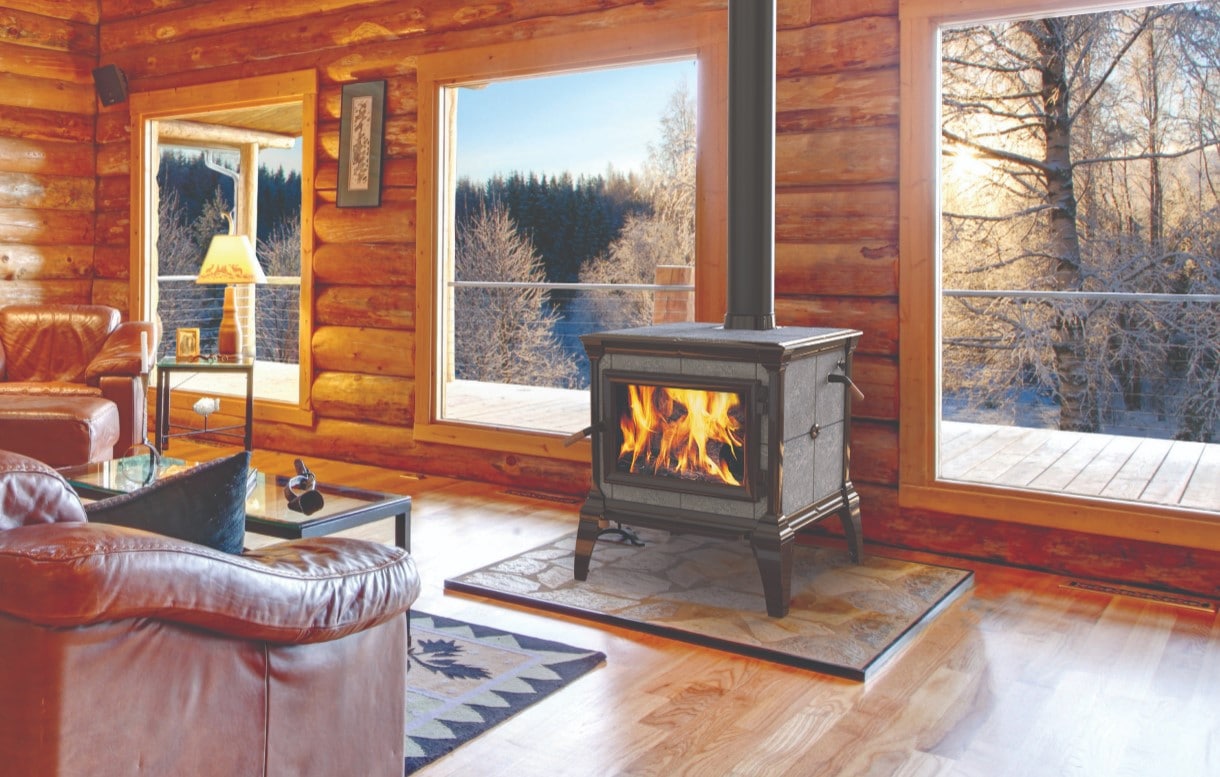I have a 1,000 square foot house house, with a basement (2,000 square foot total). The house was built in the mid 70s, insulation is alright.
Attached is a floor plan of the house. There was a L-shaped basalt/brick wall in the kitchen (gotta love the 1970s interior design) that I tore down to open up the area and floor space.
My main questions are:
I guess, aftertalking to sales associates in 2022, many just read off the brochures when i have questions and aren't exactly "experts." I don't entirely trust the brochures from companies and am looking for real world examples from you folks. Many of the sales people I talked to recently started. My confidence is low and I have come to this forum for wisdom of the crowds.
Attached is a floor plan of the house. There was a L-shaped basalt/brick wall in the kitchen (gotta love the 1970s interior design) that I tore down to open up the area and floor space.
- I want soapstone, and will be putting the stove into a stone alcove in a wall between the garage and the living room on the surface level.
- This stove would ideally be my main source of heating.
- Probably be burning a mix of yellow pine (Ponderosa) and tamarack/douglas-fir. Intermittent hardwoods if I can find some.
My main questions are:
- what models would not cook me out of the house? The square footage of the house is in a weird quagmire between the smaller and medium sized stoves where I don't feel comfortable and worried I will get a stove that is too small for my needs and leaves me with more to be desired in terms of being able to heat my home effectively or that would heat my home too much and force me to open windows.
- I work for a land-management agency and my work days leave me out of the house for 10+ hours and would like the stove to keep my house warm when I return to add more wood thru the night.
- Is it easier to get by with getting a larger stove than what brochures recommend (models that are recommended past say, 1200 sq. feet) and just run the stove on low perpetually, or would the catalyst not be working effectively since I have the stove running on low for a majority of the time? A younger, local salesman who sells Hearthstone stoves, recommended the Castleton ("Heats up to 1,500 sq feet") and recommended to run the stove with the catalyst latch not engaged which seemed counter intuitive to the technology and aim of catalyst stoves.
I guess, aftertalking to sales associates in 2022, many just read off the brochures when i have questions and aren't exactly "experts." I don't entirely trust the brochures from companies and am looking for real world examples from you folks. Many of the sales people I talked to recently started. My confidence is low and I have come to this forum for wisdom of the crowds.




